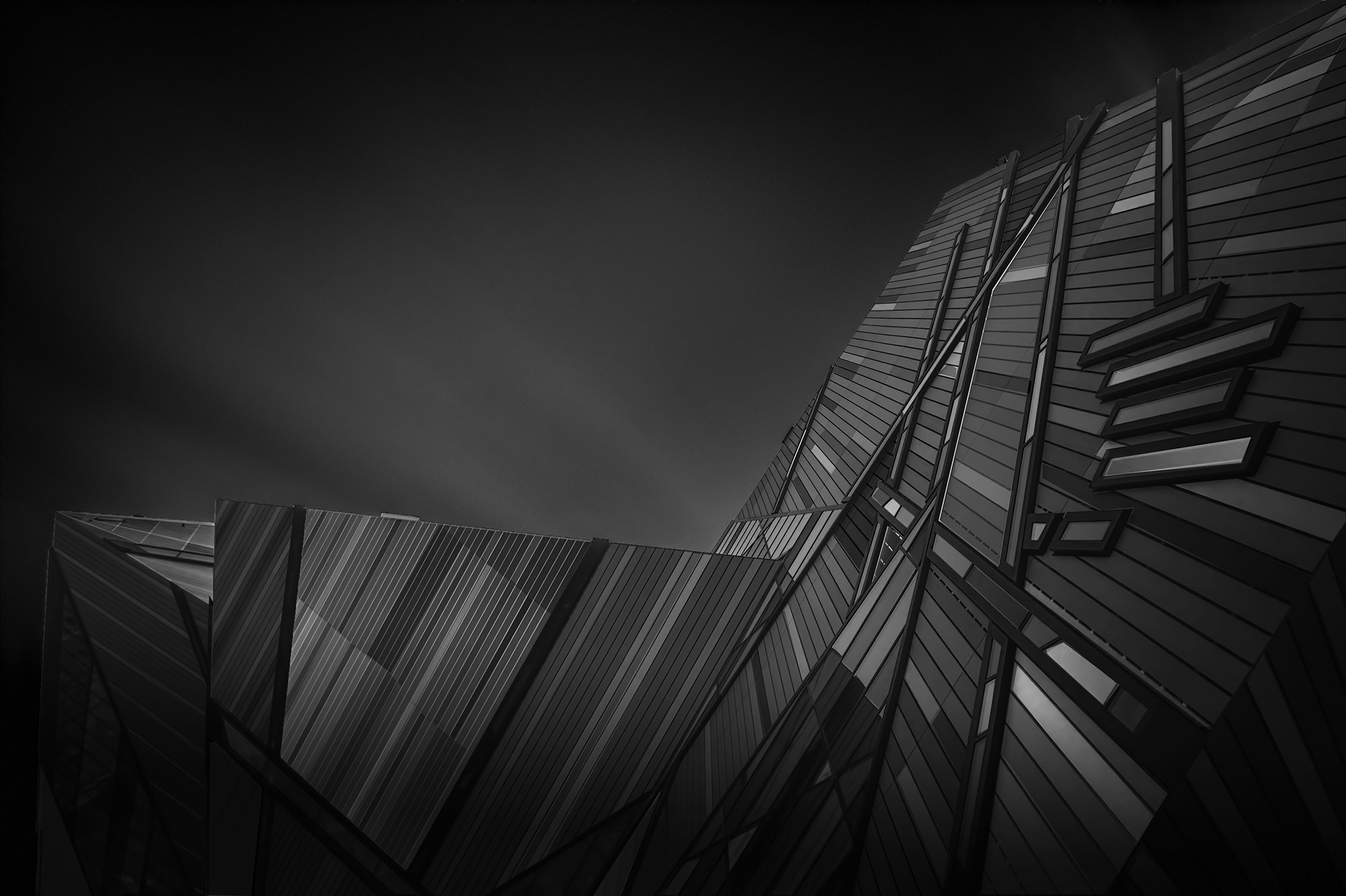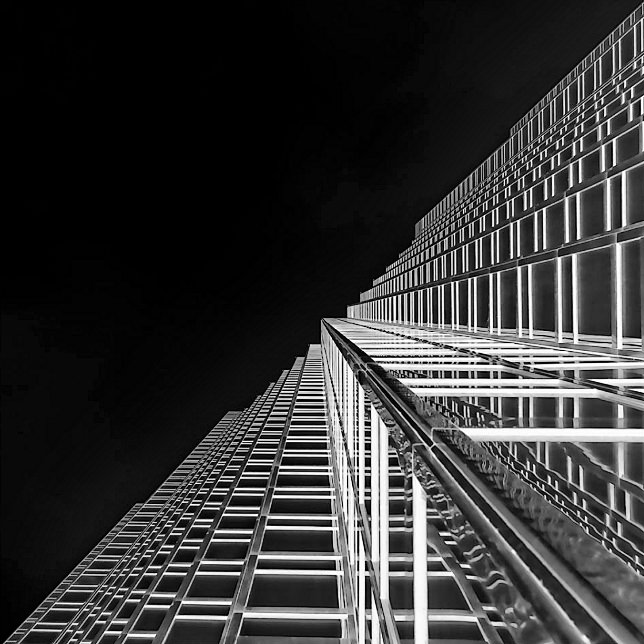




“What you capture with your camera is photography. What you do before, during and after you take a photograph is a complimentary term I coined as “oramagraphy,” explains Toronto native John Kosmopoulos, who derived the word on a quest to personally challenge himself for expansion of vision as a photographer.

“Orama” is Greek for vision, oramagraphy meaning vision drawing. It is a “continuum of expressive-creative skills from pre-visualization to a realized vision for fine art photography,” he declares. “Emphasis should also be placed on personal originality as well as evolving as an artist.”


Kosmopoulos’s own style is described as a”felt aesthetic”, a gentle but bold leap into a new reality, encompassing the breadth of photographic vision where reality is negotiable. Harmonious compositions are sought after while the editing process is meditative yet decisive. The desktop is considered a “canvas for creation” where minimal amounts of edits to achieve the final look are used.
The use of in-camera black and white settings is also suggested to help de-literalize the scene by breaking it down into various visual forms and functions. To give the image life, adjustments are made in mid-grays, tonal gradations between the blacks and whites, edge exposure and local refinements.

“Experimentation is the ultimate prism for photographic vision,” explains Kosmopoulos. “The path you choose to take as a photographer will only become enlightened with beautiful silences and surprises that you will call your own. Stand where thousands have stood with a camera and find something profound and intellectually challenging to photograph and then re-imagine it further using software tools as part of your own photographic vision.”

He also advises not to let the expense of photography gear hinder your vision. “You have heard the adage about the best camera being the one you have with you. That is true, but what is equally true is the person behind the camera. The camera is a bridge between your physical vision (central and peripheral) and your psychological vision (symbolic and metaphorical) to create a photographic vision unique to you.”

He adds in, “My philosophy when it comes to photographic equipment is almost Spartan in nature–less is more. I would rather spend my money on my wanderlust to capture the beauty that abounds around me.”
John Kosmopoulos is an international award-winning photographer who embodies a new school of photography known as “eclectic aesthetic fine art” (EAFA). Always in search of enlightenment through an insightful imagination to fulfill his photographic vision, John finds the complexity of beauty across multiple subjects (i.e., abstracts, architecture, waterscapes) and translates them back to the viewer with a felt aesthetic and visual music for the mind. He specializes in black and white photography and his work has been published in international magazines and featured in several galleries. He is also a consultant and college professor in the Toronto area.